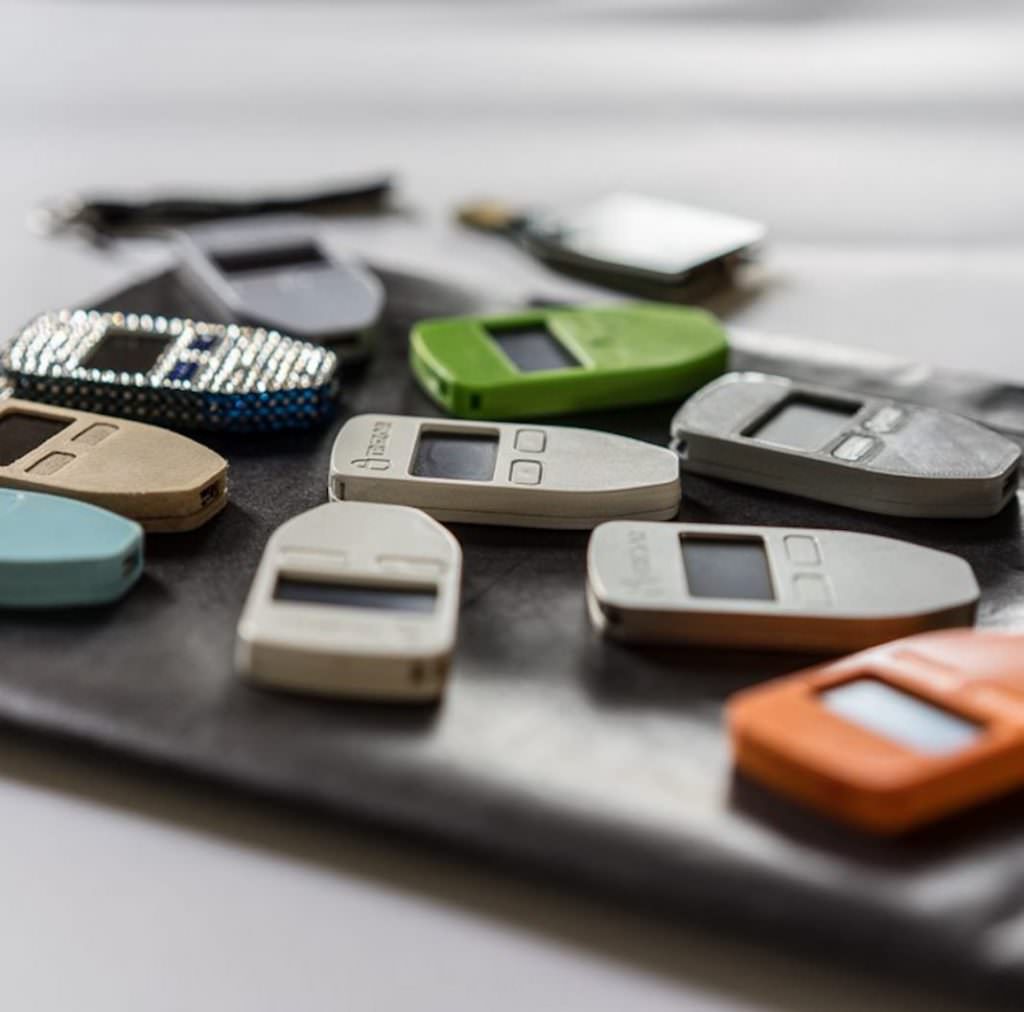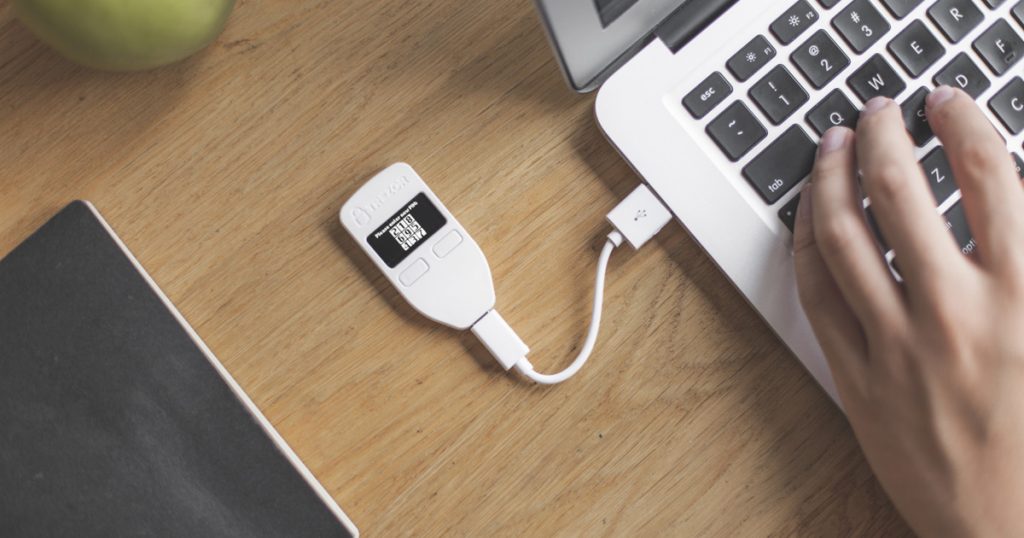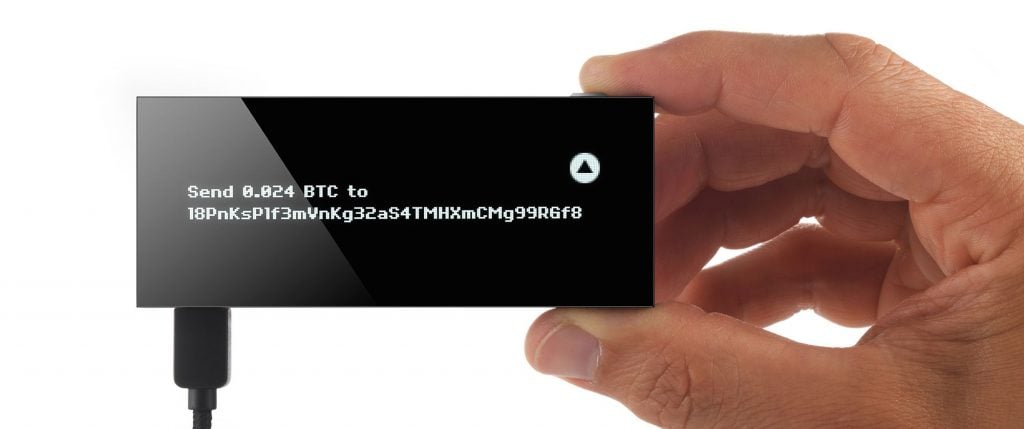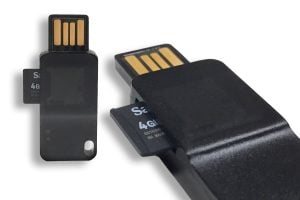
Hardware wallets are all the rage. Part of the “cryptocurrency starter kit”, these ultra-secure devices for storing cryptocurrency have become hugely popular as interest in bitcoin has boomed. With a number of different models to choose from, beginners may be wondering which one is best – and indeed whether they need a hardware wallet at all.
Also read: Bitcoin Hardware Wallet Maker Ledger Raises $75 Million from VC Investors
Real Hodlers Use Hardware Wallets
 Trezor and Ledger, two of the best known wallet manufacturers, have grown to become the industry’s go-to cold storage solutions. Both companies, who make a range of devices, have successfully met the demand for offline storage that is secure and user-friendly. No cryptocurrency wallet is 100% secure against all known attack vectors including acts of god, but Trezors and their ilk come pretty close, provided they’re bought directly from the company or an approved reseller. Spending $100 or more to secure several thousand dollars’ worth of crypto – which has the potential to appreciate into many thousand more – seems like a pretty good investment.
Trezor and Ledger, two of the best known wallet manufacturers, have grown to become the industry’s go-to cold storage solutions. Both companies, who make a range of devices, have successfully met the demand for offline storage that is secure and user-friendly. No cryptocurrency wallet is 100% secure against all known attack vectors including acts of god, but Trezors and their ilk come pretty close, provided they’re bought directly from the company or an approved reseller. Spending $100 or more to secure several thousand dollars’ worth of crypto – which has the potential to appreciate into many thousand more – seems like a pretty good investment.
But for anyone who balks at the cost of purchasing a hardware wallet, it’s possible to achieve the same result on a budget. There’s nothing to prevent you from installing a wallet onto a thumb drive, or better still a pair of them to ensure redundancy, and encrypting them. Similarly, an old iPhone with Bread wallet or the Bitcoin.com wallet installed makes for a durable cold storage device. Note down your recovery seed and then keep the device offline, save for when you need to access the wallet.
For anyone determined to use a dedicated device, however, these are the main options:
Trezor
Trezor dubs itself “the original and most secure hardware wallet” and it’s highly regarded by hodlers. Available in black or white for around $109 a pop, the device will allow you to store all your ERC20 tokens together with almost two dozen coins including BTC, BCH, LTC, DASH, and ZEC. Water-resistant and sturdy, the Trezor features a small display for confirming transaction details, 2FA, password manager, and a bunch of other features.

Ledger Nano S
Small and lightweight, the Nano S by Ledger will hold bitcoin, ethereum, and several other altcoins. Like the Trezor, the Nano S is highly rated by the crypto community, and this week Ledger celebrated selling its one millionth Nano S. The device uses a small OLED display and side buttons that are pushed to confirm transactions. If you want to get your hands on one you’ll need to be patient though – the next units aren’t scheduled to ship until late March.
The company also makes the Ledger Blue, an enterprise-grade hardware device, which has a larger screen, added security features and a $330 price tag. Like its sibling, the Nano S, the Ledger Blue is currently out of stock, with no confirmed shipping date.

Keep Key
Although not as trendy as Ledgers or Trezors, the Keep Key wallet is another capable contender. It allows for storage of bitcoin, bitcoin cash, ethereum, litecoin, doge, and dash, with more coins due to be added. There’s also the ability to exchange between cryptocurrencies directly from the device using Shapeshift. It retails for $129, and is available for pre-order only, with no confirmed shipping date.

Bitlox
Bitlox looks a bit different from the rest of the wallets featured here. Rather than connect to your laptop via USB, it uses Bluetooth only. The wafer thin device, which resembles a smart card, can store bitcoin and retails for around $100. Support for altcoins is coming soon.
Digital Bitbox
A hardware wallet that’s as minimal as it gets, Digital Bitbox eschews a screen altogether in favor of compactness. It uses a micro SD card, is Tor and Tails compatible, and has optional 2FA. The Swiss-made device crams an impressive amount of security features into a very small space. Just don’t lose it.
 Of all the hardware devices on this list, Trezor and the Nano S have been extensively tested at scale by millions of users, which certainly inspires confidence. That’s not to say they’re any more secure than devices from other manufacturers though. The most important thing is that you get as much of your cryptocurrency as possible out of centralized exchanges and onto a device that you control the keys to. Only once you’ve achieved that can you truly claim to have gained your financial freedom.
Of all the hardware devices on this list, Trezor and the Nano S have been extensively tested at scale by millions of users, which certainly inspires confidence. That’s not to say they’re any more secure than devices from other manufacturers though. The most important thing is that you get as much of your cryptocurrency as possible out of centralized exchanges and onto a device that you control the keys to. Only once you’ve achieved that can you truly claim to have gained your financial freedom.
What’s your favorite hardware wallet and why? Let us know in the comments section below.
Images courtesy of Trezor, Ledger, Digital Bitbox and Keep Key.
Readers should do their own due diligence before taking any actions related to the mentioned company or any of its affiliates or services. Bitcoin.com is not responsible, directly or indirectly, for any damage or loss caused or alleged to be caused by or in connection with the use of or reliance on any content, goods or services mentioned in this article.
